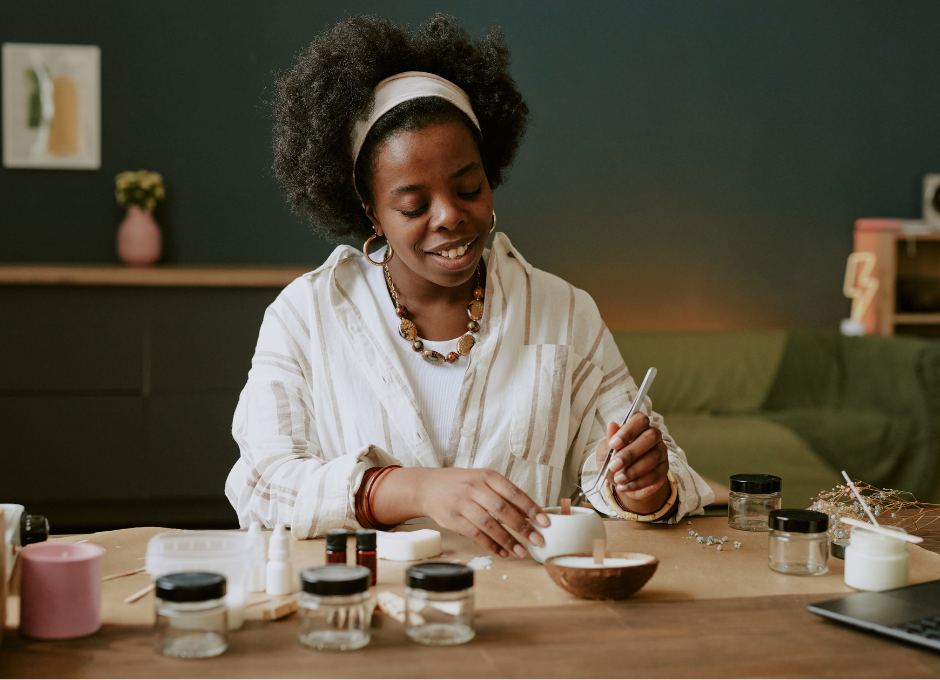The world of handmade cosmetics offers a unique blend of creativity, personalization, and natural ingredients (Loebs, 2014). For those looking for an alternative to mass-produced products, creating your own cosmetics provides the satisfaction of knowing exactly what goes into each concoction. However, venturing into this realm requires not only an understanding of formulation but also the essential production techniques and quality control measures to ensure safe and effective products.
This module will serve as a foundational guide, outlining the core production techniques commonly used in handmade cosmetics and emphasizing the importance of quality control throughout the process.
The beauty of handmade cosmetics lies in the variety of techniques employed. Here’s a glimpse into some popular methods:
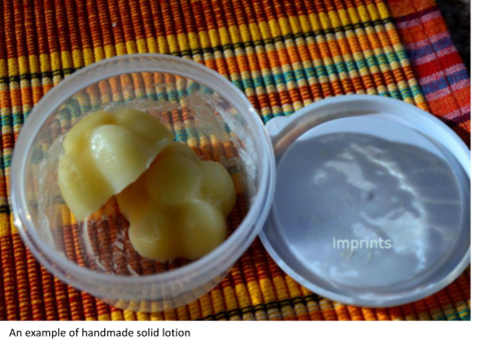
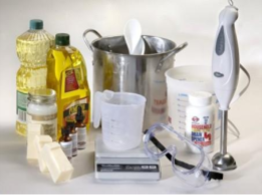

These are just a few examples, and the chosen technique will depend on the specific cosmetic being created.
Ensuring the safety and efficacy of your handmade cosmetics is paramount. Here are some key quality control practices to integrate into your production process:


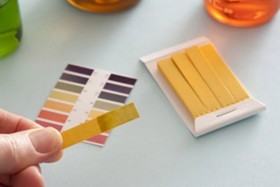


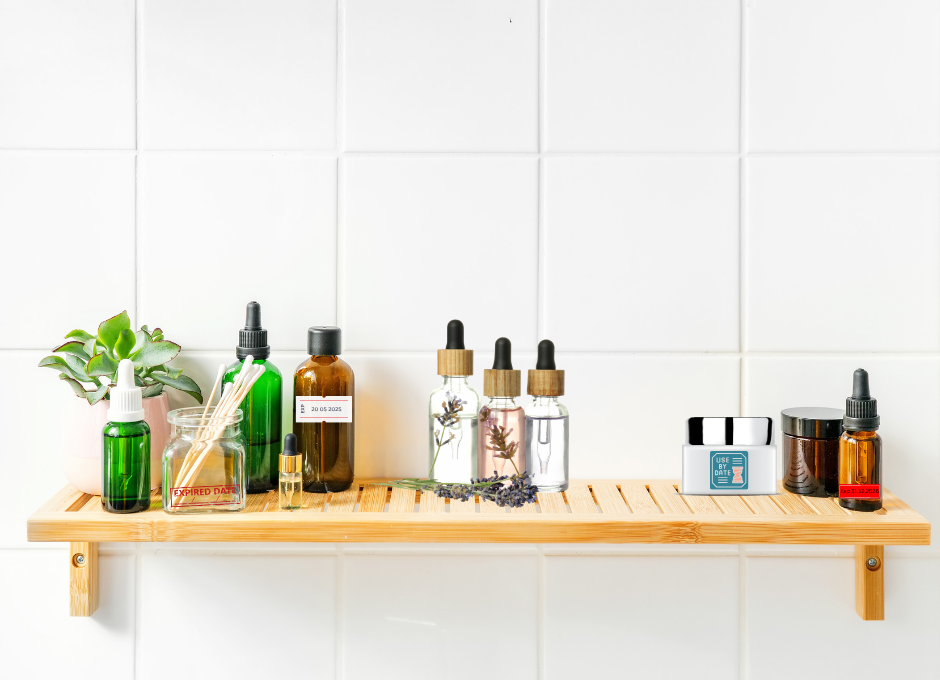
By implementing these quality control measures, you can ensure that your handmade cosmetics are not only delightful to use but also safe and effective for your customers.
Remember: This chapter provides a general overview. As you delve deeper into specific cosmetic formulations, it’s crucial to research ingredients, techniques, and safety protocols specific to each product type.
This subchapter will explore some popular methods used in creating a variety of handmade cosmetics, equipping you with the practical skills to bring your cosmetic dreams to life.
Before embarking on your cosmetic creation journey, ensure you have a well-equipped workspace. Here are some essential tools and supplies to have on hand:
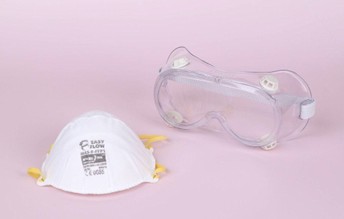
Dispensing bottles: Dropper bottles and pump dispensers for storing and applying finished products (Loebs, 2014).
Let’s explore some popular techniques used in crafting a variety of handmade cosmetics:
This method requires careful handling due to the use of lye. It involves a chemical reaction between lye and oils, resulting in the formation of soap (Waldron, 2011). Always follow recommended safety protocols and wear appropriate gear.
The art of combining water and oil-based ingredients to create emulsions like lotions and creams. This often involves the use of an emulsifying agent to ensure a stable and well-blended product (Waldron, 2011). Mastering emulsification can take practice, so start with small batches.

For some products like scrubs and bath salts, a simple blending technique suffices. This involves combining dry ingredients like sugar, salt, and botanicals to create a textured product (Loebs, 2014).

As you embark on your handmade cosmetic journey, remember these helpful tips:
With dedication, practice, and the techniques outlined in this subchapter, you’ll be well on your way to crafting beautiful and effective handmade cosmetics. Remember, safety remains paramount, so always prioritize responsible sourcing and proper handling of ingredients.

Crafting your own cosmetics allows you to control exactly what goes into each product. However, ensuring the safety, efficacy, and consistency of your handmade creations requires a commitment to quality control throughout the production process. This chapter analyses essential quality control measures to guarantee your cosmetics meet the highest standards.
Quality control is not merely an optional step; it’s paramount for several reasons:

Here are some crucial quality control practices to integrate into your handmade cosmetic production:
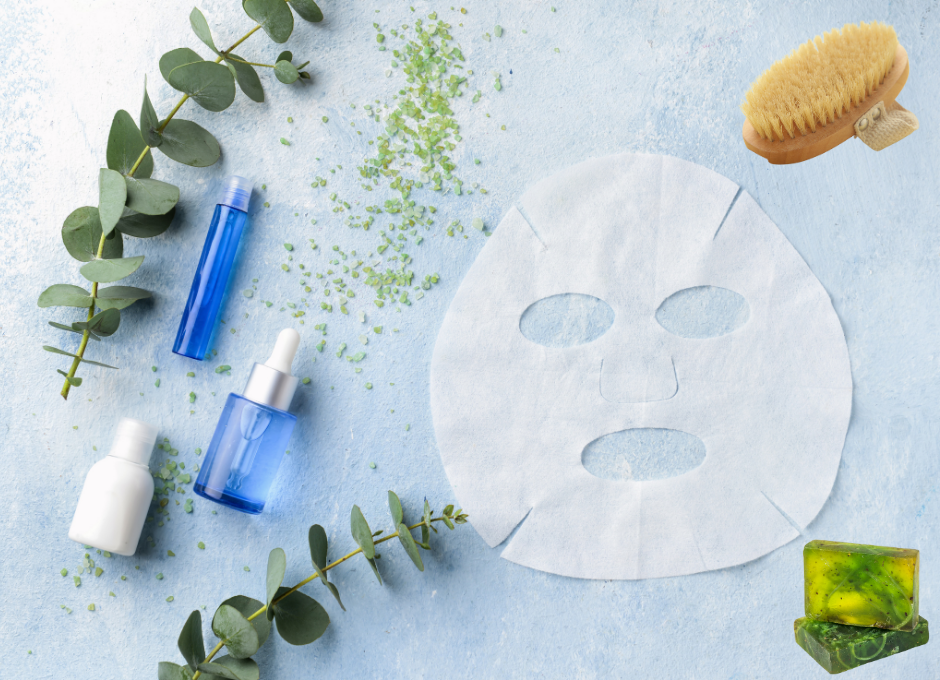
Consistency is key to creating high-quality cosmetics that customers can rely on. Here are some tips to achieve consistent results:
By implementing these quality control measures and focusing on consistency, you can ensure your handmade cosmetics are not only safe and effective but also deliver a reliable and enjoyable experience for your customers.
Remember: As you delve deeper into specific cosmetic formulations, it’s crucial to research ingredients, techniques, and quality control measures specific to each product type.

By prioritizing quality control and remaining informed about regulatory considerations, you can navigate the world of handmade cosmetics with confidence.

The path of crafting handmade cosmetics is paved with both creativity and occasional roadblocks. Even the most meticulous crafter can face unexpected challenges. This chapter addresses some common production issues you might encounter and offers solutions to help you troubleshoot and achieve successful results.
One frequent issue is grittiness in lotions and creams, often caused by improper emulsification (Tisserand & Young, 2014). This is the process of combining water and oil-based ingredients for a stable product. Insufficient or incorrect emulsification can lead to oil separation and a gritty texture. Solutions include using a stronger emulsifier designed for your chosen ingredients and ensuring vigorous mixing during emulsification, perhaps even employing a hand blender for extra power (Tisserand & Young, 2014). Water separation in these products can also stem from inadequate emulsification or an imbalance between water and oil content. The solutions here mirror those for grittiness, with the added consideration of potentially needing to adjust your recipe for a better water-to-oil ratio (Tisserand & Young, 2014).
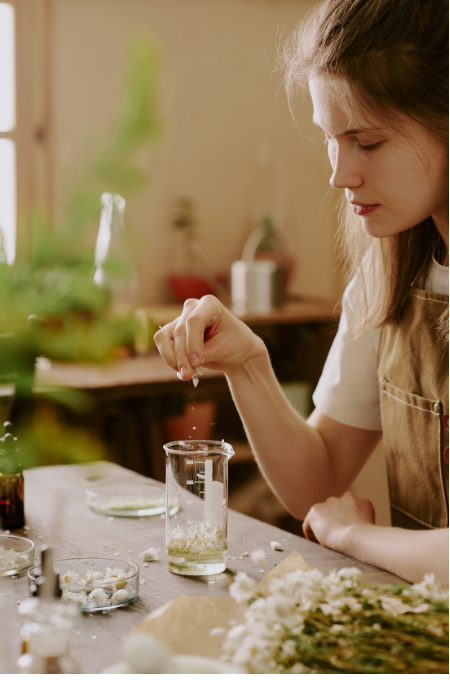
Sugar scrubs encountering graininess likely culprit is using overly coarse sugar crystals. Opting for finer granulated sugar or grinding coarser options to a smoother consistency can rectify this (Loebs, 2014). Alternatively, consider using exfoliating ingredients with a smoother texture, like finely ground oats or coffee grounds. Solid lotions or balms that don’t set properly might be due to an incorrect ratio of solid and liquid ingredients (Loebs, 2014). Revisiting your recipe and adjusting the ratio of solid butters or waxes to liquid oils can achieve a firmer consistency. Uneven color distribution often points to uneven mixing of pigments or colorants. Ensuring thorough mixing of colorants with the oil phase before incorporating them into the entire formulation, or pre-dissolving powdered colorants in a small amount of carrier oil for easier dispersion, can address this (Loebs, 2014).
Off odors can be a telltale sign of expired ingredients, improper storage, or contamination (Tisserand & Young, 2014). Solutions include paying close attention to ingredient expiration dates, storing ingredients in cool, dark, and dry conditions, maintaining a clean and sanitized workspace, and reevaluating your chosen essential oils or fragrance components, as some essential oils may naturally have strong or unpleasant odors.Remember, troubleshooting is part of the learning process in crafting handmade cosmetics. By keeping detailed records of your formulations (Tisserand & Young, 2014), starting small when experimenting with new recipes, and utilizing online resources and consulting experienced crafters, you can overcome production hurdles and create consistently successful handmade cosmetics.
The world of handmade cosmetics offers a unique blend of creativity, personalization, and natural ingredients. This guide equips you with the essential knowledge to embark on this exciting journey.
Module 4 lays the foundation, outlining core production techniques commonly used in handmade cosmetics. It emphasizes the importance of quality control measures throughout the process, ensuring the safety and efficacy of your creations. Second subchapter explores the practical aspects of creating your own cosmetics. It explores popular techniques like infusion, melting and pouring, and emulsification, along with essential equipment and supplies needed for a well-equipped workspace. Moreover, it also concludes with helpful tips for success, encouraging you to start small, prioritize a clean environment, and meticulously record your formulations.

Third subchapter emphasizes the significance of quality control. It highlights how proper ingredient sourcing, sanitation, and accurate measurements contribute to safe and consistent products. Furthermore, it also explores essential quality control practices like pH testing, preservative selection, and shelf-life testing to guarantee the integrity of your cosmetics. Additionally, it emphasizes the importance of record-keeping for easy reference and troubleshooting.
Final subchapter tackles troubleshooting common production issues. It addresses challenges like grittiness in lotions, water separation, and uneven color distribution, offering solutions to help you achieve successful results. Additionally, it emphasizes the value of record-keeping, starting small when experimenting, and utilizing online resources and consultations with experienced crafters to overcome hurdles and refine your skills. By following the guidance in this comprehensive guide, you can navigate the world of handmade cosmetics with confidence. Remember, prioritizing safety, meticulous attention to detail, and a willingness to learn will empower you to create beautiful, effective, and enjoyable handmade cosmetics.

Handmade cosmetics allow you to control ingredients and personalize your beauty routine.
